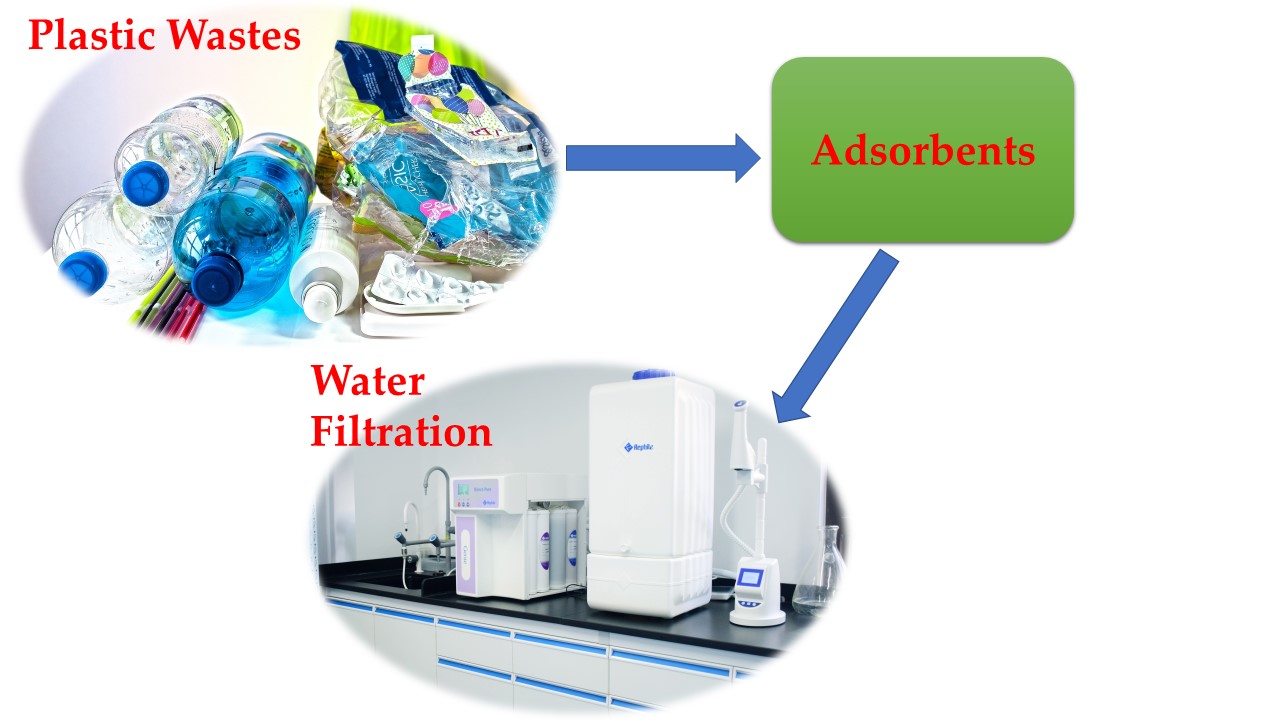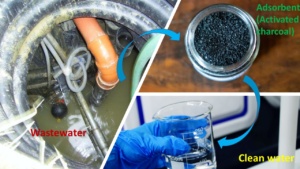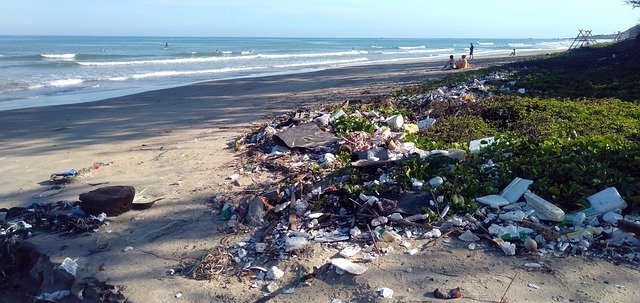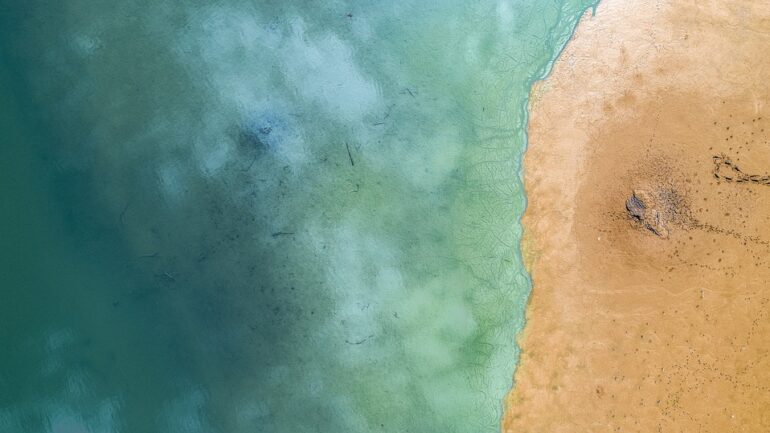By Sakshi Kabra Malpani, Publishing Associate: Researcher and Writer at Save the Water™ | May 20, 2022
Using our plastic waste to purify water can be a game-changer to fight water pollution. Most important, it needs centuries to break down in nature. But now, people want to use it for adsorption of pollutants from water. Adsorption is a surface process of solids to remove substances from gases or liquids.
A report of the United States Bureau of Reclamation claims that only 0.5% water on earth is drinkable. As a result of increasing industrialization and pollution, the quality of drinkable water has decreased. So, people have developed many techniques to treat wastewater: filtration, chemical treatment, coagulation, membrane separation, electro flocculation, adsorption, etc. Compared to other wastewater treatments, adsorption is a more efficient, faster wastewater treatment technique.
How Adsorbents Work
Adsorbents are solid materials that contain many pores. They could be natural or synthetic. Examples of natural adsorbents include charcoal, clay, and zeolites. In contrast, polymers and different waste materials are used to make synthetic adsorbents . As soon as wastewater comes into contact with adsorbents, pollutants are deposited on the pores on the surface of the adsorbents. As a result, water is purified. The adsorption process can easily remove foul smell, color, taste, and other organic and inorganic pollutants. Desorption process removes these adsorbed pollutants from the surface of adsorbents. It is the release of one substance from another. Afterwards, adsorbents is reused for another water treatment process.
Why Plastic Waste Should be Used as Adsorbents
The United Nations Environment Program 2021 report estimates that accumulated, non-biodegradable plastic waste makes up about 85% of marine litter. It includes:
- waste bottles
- certain types of plastic bags
- food packaging
- polyester clothing
- fishing lines
According to this report, the emission of annual plastic waste into water will triple by 2040, if any waste management plan has not been implemented properly. This may risk US$ 100 billion.
If two things occur, then plastic pollution can be reduced. First, we must recycle this waste correctly. Second, it must produce adsorbents. Using it as adsorbent will also cut down their production costs.
How Plastic Waste Can Be Used to Treat Water
Certain types of plastic waste are rich in carbon:
- polyethylene
- polypropylene
- high- and low-density polyethylene
- polystyrene
- polyethylene terephthalate
Therefore, these types of plastic waste can be upcycled into value-added carbon nanomaterials. Value-added carbon nanomaterials include:
- graphene
- carbon nanotubes
- carbon nanosheets
- activated carbon
These carbon nanomaterials are widely used in adsorption of dyes and heavy metals from wastewater. Chemically speaking, these carbon nanomaterials have several attributes that make them efficient adsorbents:
- larger surface areas with more sites for adsorption
- good porosity
- good mechanical and thermal stability
Plastic waste is cheaper raw material to produce adsorbents.
New Research Using Plastic Waste
Gong and co-workers from the Chinese Academy of Sciences mixed plastic waste with clay minerals and converted them into carbon nanosheets. These carbon nanosheets efficiently adsorb methylene blue, a toxic, organic dye from wastewater. These nanosheets were easily reused for up to 10 cycles with almost 91% efficiency.
What’s more, adsorbents from plastic waste has removed the following toxic substances from polluted water:
- antibiotics like tetracycline and sulfamethoxazole which are used to treat bacterial, urinary tract infections,
- toxic pollutants like polycyclic aromatic hydrocarbons discharged from fossil fuel, wood and coal combustion,
- chlorinated benzenes used in rubber industries, pesticides, etc.,
- heavy metals like lead, cadmium, cobalt, nickel, chromium, etc. found in fertilizers, pesticides.
Wankasi and Dikio from Vaal University of Technology, South Africa, used polyvinyl chloride waste for faster adsorption of lead ions from wastewater within 5 minutes at 30 °C.
Pros of Plastic Wastes-based Adsorbents
Using plastic waste to fight water pollution offers benefits:
- Using plastic waste as adsorbents can replace common, costly wastewater treatment techniques.
- Small scale industries can also afford these processes because they don’t require huge capital investments.
Cons of Plastic Wastes-based Adsorbents
Using plastic waste to treat water also has drawbacks:
- The process is not completely green: Burning is required to convert plastic waste to adsorbents. “Because toxic gases are emitted, this step causes air pollution”.
- Investigation on desorption and reuse of these adsorbents is yet incomplete.






